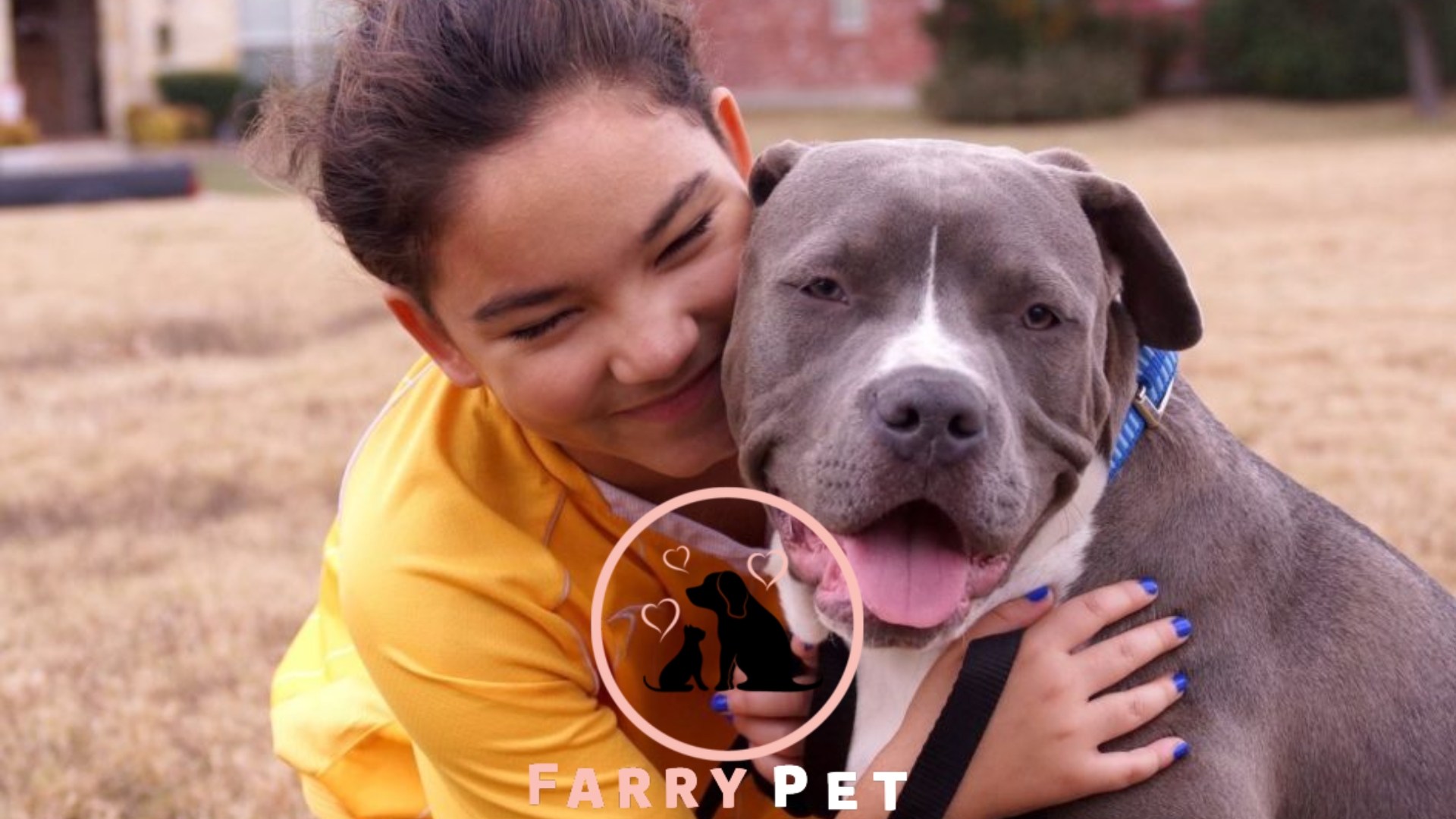
Ensure the safety and comfort of animals during transport by providing appropriate space, ventilation, and regular monitoring. Minimize stress and consider species-specific needs for a successful journey.
Transporting animals, whether for relocation, veterinary visits, or agricultural purposes, requires meticulous planning and consideration of animal welfare.
Adhering to best practices is critical for ensuring the animals’ well-being throughout the journey. This involves implementing strategies to reduce stress, such as familiarizing the animals with their transport crates beforehand.
It is equally essential to maintain a suitable environment within the transport vehicle, which includes controlling temperature, humidity, and noise levels.
Guidelines provided by animal welfare organizations offer comprehensive instructions to safeguard animals during transit, covering various modes of transportation.
Additionally, legal requirements set forth by government entities must be followed to ensure compliance with animal welfare laws.
From domestic pets to livestock, each species demands careful attention to its physical and psychological needs to guarantee a humane transport process.
Ensuring Animal Welfare During Transport
Ensuring animal welfare during transport is crucial for their well-being and follows ethical and regulatory requirements. Guaranteeing the safety and comfort of animals while on the move is not just a moral duty but also a legal one.
Assessing Fitness for Travel
Before embarking on any journey, assessing the health of each animal is a foundational step. Not all animals are fit to travel. The assessment includes:
- Checking for any signs of disease or injury.
- Evaluating stress levels.
- Ensuring proper vaccination.
Professional veterinarian approval may be needed to confirm fitness for travel.
Appropriate Scheduling and Timing
Strategic scheduling is another pivotal aspect of animal welfare during transport. Key considerations include:
- Avoiding extreme weather conditions.
- Minimizing journey duration whenever possible.
- Timing feedings around travel plans.
Adequate rest stops provide necessary respite for the animals during longer journeys.
Selecting Suitable Transportation Methods
Selecting the right method of transport for animals is crucial. It ensures their safety and comfort during transit. Whether moving pets, livestock, or exotic animals, multiple factors come into play.
These include the animal’s size, the journey duration, and specific needs. This segment explores the best approaches to guarantee a stress-free experience for animals and their handlers.
Comparing Transportation Options
Different animals require different modes of transport. Choosing the best transportation method is essential.
Here are the most common options:
- Road Transport: Frequently used for domestic animals. It offers flexibility and easy access to animals during the journey.
- Air Transport: Ideal for long distances. It’s faster but requires thorough planning and understanding of aircraft regulations.
- Rail Transport: Beneficial for larger animals. Offers a more stable and smooth ride.
- Marine Transport: Utilized primarily for international shipping. It is time-consuming but can accommodate vast numbers.
Customizing Vehicles for Safety and Comfort
Adapting vehicles is essential for animal welfare during transport. Here’s what to consider:
| Aspect | Details |
|---|---|
| Ventilation | Ensure consistent airflow to prevent overheating and stress. |
| Temperature Control | Maintain a comfortable environment, especially for temperature-sensitive animals. |
| Space | Provide enough room for animals to move around comfortably. |
| Securing Mechanisms | Use appropriate restraints to prevent injuries during motion. |
| Hygiene | Clean and disinfect regularly to minimize the risk of diseases. |
Custom vehicles mitigate risks and improve travel quality for animals. Carriers must prioritize these adjustments for optimal animal welfare.
Necessary Pre-transport Preparations
Getting ready for animal transport is no small feat. It requires detailed planning and a focus on safety. Ensuring your pet or livestock travels comfortably involves several critical steps.
These steps keep stress low for your animal and provide peace of mind. Here, we discuss the essential preparations you must make.
Preparing Identification and Documentation
Accurate identification and up-to-date documentation are your animal’s tickets for travel. Start with a secure collar and tag for pets. Include your contact information.
Attach a microchip for an additional safety layer. Livestock should have ear tags or branding.
| Document Type | Details Needed |
| Pet Passport/Animal Health Certificate | Name, species, breed, age, and owner details |
| Vaccination Records | Date of shots and type of vaccine |
| Export/Import Permits | For international travel, based on destination rules |
Double-check expiration dates and ensure documents match destination requirements.
Health Checks and Vaccinations Before Departure
A health check ensures your animal is fit for the journey. Schedule a visit to the vet. They will confirm your animal is healthy and travel-ready. Vaccinations should be current. Some destinations require specific shots.
- General health examination: Looks at overall well-being.
- Parasite control: Necessary to prevent infestation.
- Stress reduction treatments: Can include calming pheromones.
Keep a copy of the vet’s health certificate handy. Timing is crucial. Ensure treatments fit travel schedules.
In-transit Animal Care Requirements
Proper care during transport ensures animals arrive safe and stress-free. Clear guidelines and practices are crucial for their well-being. This section explores vital in-transit care for animals.
Monitoring Food, Water, and Rest Stops
Consistent monitoring of food and water is essential. Animals must have access to fresh water and meals at regular intervals. Rest stops should match the animal’s usual routine and habits.
- Check the water every four hours.
- Provide nutritious meals based on animal size and species.
- Plan for rest stops that align with the animal’s schedule.
Addressing Stress Reduction and Behavioral Needs
Minimizing stress is key for healthy transport. Animals need familiar items and spaces to retreat for comfort.
| Need | Action |
|---|---|
| Comfort Items | Include blankets or toys from home. |
| Safe Spaces | Provide crates with ample room for movement. |
| Quiet Environment | Reduce noise and limit exposure to unfamiliar people. |
Training Personnel in Animal Handling
Ensuring safety and care in animal transport requires skilled personnel. Proper training in animal handling is vital.
It minimizes stress for both animals and handlers. Trained staff ensures a smooth transport process.
Let’s explore best practices in personnel training.
Establishing Protocols for Emergencies
- Emergencies demand swift action.
- Prepared teams save lives.
- Emergency protocols are essential.
- They must be clear.
- Teams should practice them regularly.
This preparation keeps animals and staff safe.
- Develop comprehensive plans for different scenarios.
- Train teams to recognize signs of distress in animals.
- Ensure access to emergency equipment at all times.
- Conduct regular drills to test response times.
Ongoing Education and Certification For Handlers
- Education never stops.
- Continuous learning builds expertise.
- Certification reflects a commitment to excellence.
Handlers must stay updated on the latest in animal care.
| Training Area | Benefits |
| Animal behavior | Increases understanding and improves handling. |
| Regulatory compliance | Ensures adherence to laws and guidelines. |
| First Aid | Prepares handlers for medical interventions. |
| Stress management | Enhances welfare for animals during transit. |
- Seek recognized certifications for your team.
- Provide access to workshops and webinars.
- Create a culture of knowledge sharing within the team.
Regulatory Compliance and Ethical Considerations
Regulatory Compliance and Ethical Considerations ensure the safety and wellbeing of animals during transport. It is crucial to follow laws and treat animals with kindness.
This section of our blog post delves into the best practices for adhering to these requirements.
Adhering to National and International Animal Transport Laws
National and international laws govern animal transport. These laws protect animals from harm. To comply, transporters must:
- Understand and follow the Animal Welfare Act and other related regulations.
- Stay updated with changes in legislation at both national and international levels.
- Secure the necessary permits and health certificates for animals crossing borders.
Non-compliance can result in fines and harm to animals. Thus, transporters must prioritize these laws.
Promoting Transparency and Ethical Treatment
Transparency and ethical treatment build trust in animal transport operations. Here are key practices:
- Provide clear information to all stakeholders about animal transport conditions and care.
- Ensure animals have enough space, food, and water for the journey.
- Implement procedures to monitor the health and comfort of animals at all times.
- Train staff in humane handling and emergency response.
Upholding these ethical standards showcases a commitment to animal welfare. It fosters trust among customers and stakeholders alike.

Frequently Asked Questions
What is the Best Way to Transport Pets Long Distance?
The best way to transport pets long distances is by using a pet-friendly airline with a dedicated animal transport service or a professional pet relocation company. Ensure pets are comfortable with a familiar blanket and remain calm. Prioritize direct flights and climate-controlled environments when available.
What is the Most Common Way to Transport Animals?
The most common method for transporting animals is by road, using vehicles such as trucks and trailers designed for safe animal travel.
What Should You Not Do When Transporting Animals?
Do not overcrowd animals, ignore ventilation needs, forget to provide water and food, subject them to extreme temperatures, or transport them without secure enclosures.
How Do You Transport a Pet Safely?
Ensure your pet is in a secure, well-ventilated carrier. Acclimate them to the carrier before the trip. Always provide access to water and regular stops for exercise. Never leave pets alone in a vehicle, especially in extreme weather. Use a pet seatbelt for dogs when not crated.
What is Animal Transport?
Animal transport refers to the moving of animals from one location to another. It can be for various purposes, including relocation, trade, veterinary care, or event participation. The transport process must ensure the animals’ welfare, safety, and comfort throughout the journey.
Conclusion
Ensuring animal welfare during transport is our collective responsibility. By applying the best practices outlined, we improve journey safety for these creatures.
Keep learning, stay informed, and always prioritize compassion. Together, we can make each trip stress-free for animals and effective for caretakers.
Let’s lead the way in ethical animal transport.






